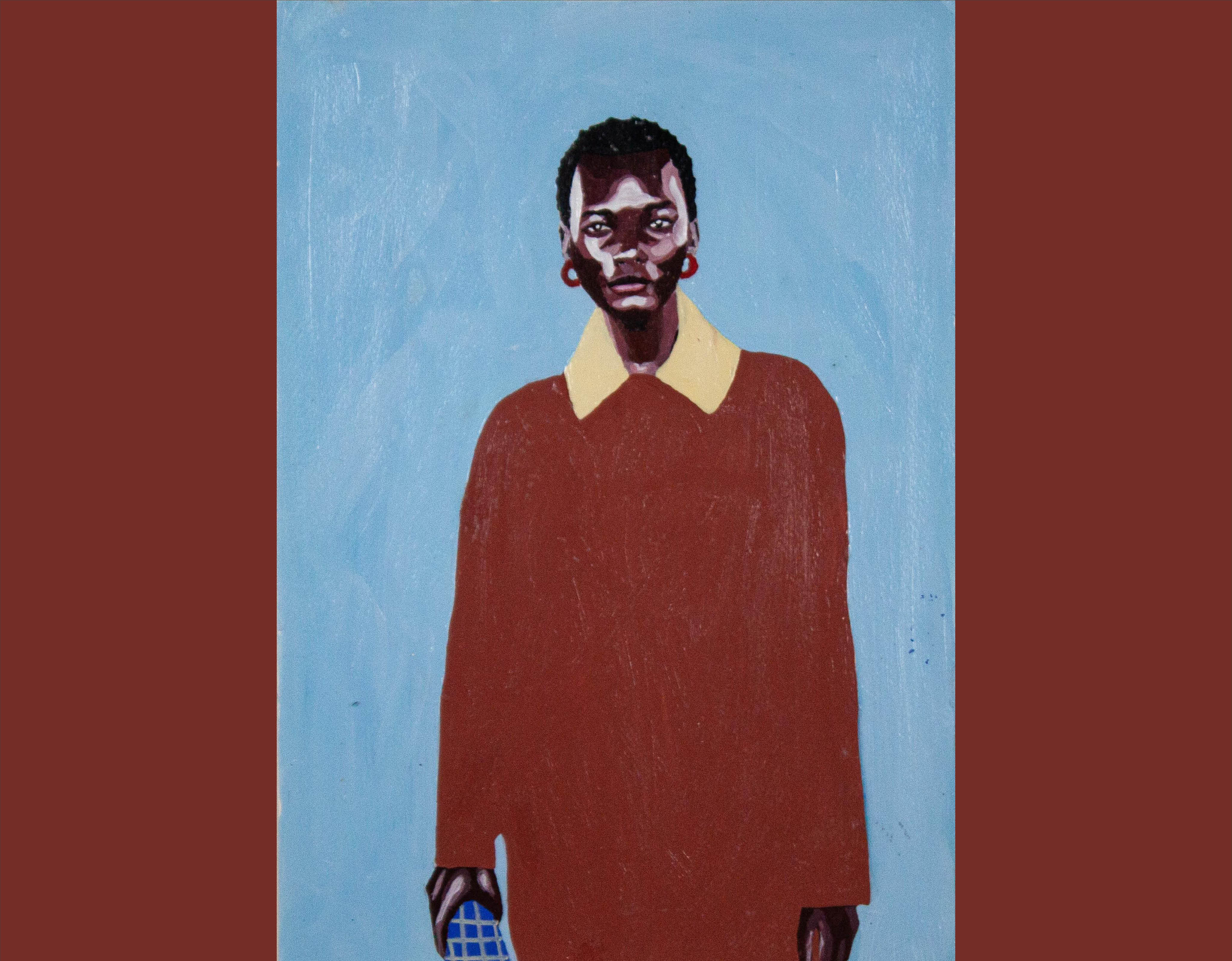Merilyn Mushakwe is one of our 2024-2025 Curatorial Fellowship Recipients
.jpg)
The ARAK Collection is thrilled to announce that Merilyn Mushakwe is one of the recipients of our Curatorial Fellowships for 2024-2025.
Mushakwe is a multidisciplinary Curator, Writer and Researcher whose work delves into the intricate tapestry of social relations, interactions, and power dynamics within communities. The central theme of her artistic practice revolves around the subject matter of people and community, highlighting their significance as the core of her creative exploration.
Mushakwe engages with the term ‘People-ing’, which she has defined as ‘the act of being People’. In her words: ‘People-ing involves engaging in social interactions and building connections. It embraces human traits, the unique and oftentimes highly nuanced characteristics and experiences that define our humanity.’
Drawing inspiration from the everyday experiences of individuals, Mushakwe pays keen attention to the often-overlooked details that shape and define our lives. She approaches her public artworks and exhibitions as living and evolving entities, recognising their capacity for growth and transformation.
Mushakwe’s work serves as a profound reflection on the diverse ways in which the human mind processes and interprets situations. Through her work, she invites viewers to contemplate their tendencies to overlook the obvious and encourages a deeper understanding of the extent to which they can shape and control their surroundings.
She holds a BA with Honours from the University of the Witwatersrand and has participated in prestigious programs like the Contemporary And (C&) Mentorship programme and the ARAK Collection Critical Writing Workshop. Her written works have been published in various publications, including Contemporary And (C&) Magazine, The National Gallery of Zimbabwe Catalogue for the Venice Biennial, and The Sunday Mail Newspaper. She is also a regular contributor to Collective Action Magazine (South Africa).
Mushakwe’s current focus for the Fellowship is on artists who work with archival material in order to make sense of, among other things, identity and migration.
We look forward to Mushakwe’s further engagement with the collection and her subsequent reflections and outputs.
About the ARAK Collection Curatorial Fellowship programme:
We invite curators to research the Collection, offering an opportunity to curate exhibitions that highlight contemporary African art. Fellows are supported from concept development to the final staging of their exhibitions, culminating in a meaningful contribution to art discourse.
The Curatorial Fellow is expected to research the collection with the intention of curating an exhibition and writing the exhibition catalogue at the end of the residency. After in-depth research, a curatorial project is submitted to be approved by the ARAK Collection Advisory Committee.
The Fellowship Program was created to support the ARAK Collection’s mission of developing and supporting young and mid-career artists, curators, and writers by promoting curatorial research, publications, and exhibitions of the Collection’s works. The exhibitions, developed and produced by the ARAK Collection, aspire to be impactful on a global scale and are all associated with relevant public programming.
About the ARAK Collection:
The ARAK Collection is an independent, Qatari-based initiative that aims to promote, through exhibitions, publications, research and educational programs, Contemporary African Art and Artists.
The collection is a resource for Artists, Curators and Researchers. It presents travelling exhibitions, lends artwork to regional and international organisations, institutions and museums, and produces print and online publications, and impactful public programs associated with the exhibitions it produces and hosts. The ARAK Collection is a public platform to foster critical dialogue around contemporary art practices with a focus on African Artists and educational programmes that have an educational and developmental impact on the local community.
The collection consists of paintings, works on paper, and prints from more than 300 young and mid-career artists from African countries.
.svg)


.svg)
.svg)
.jpg)
.png)
